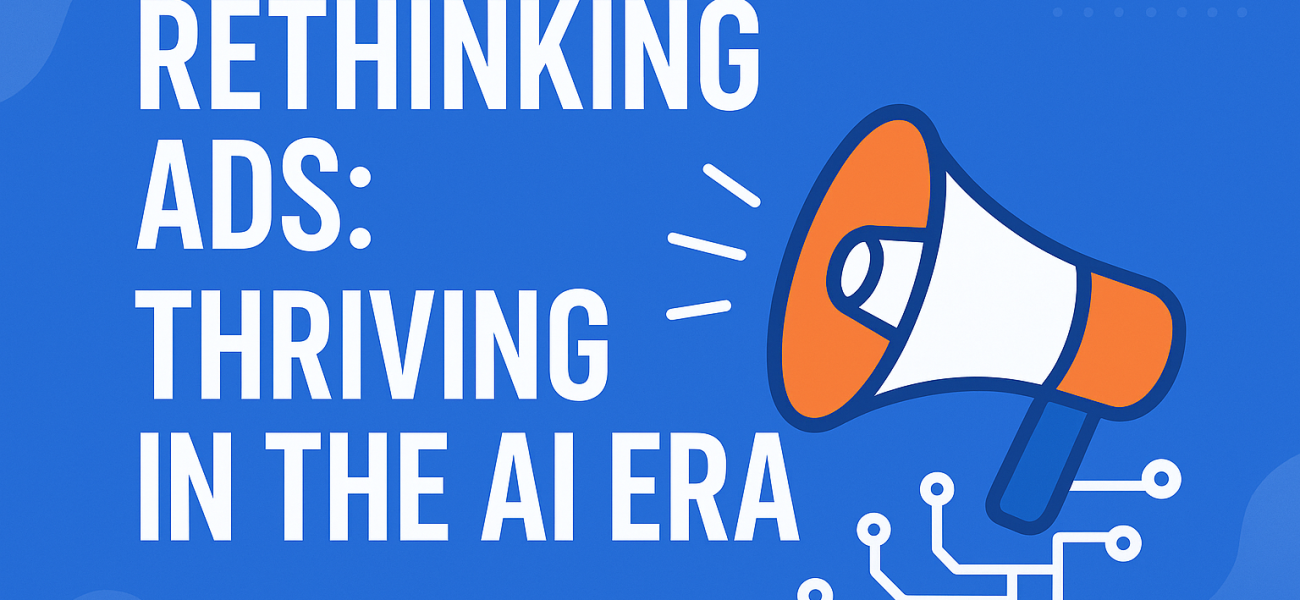As we enter a new era of digital advertising, the transition from keyword-centric strategies to context-oriented approaches is more important than ever. Google’s innovative AI Mode is a pivotal development that not only influences how ads are served but also how advertisers must adapt their strategies. In this article, we will explore the transformation of online marketing, the implications of AI advancements on campaign performance, and the essential adjustments advertisers need to make to stay competitive in this evolving landscape.
The Transition to AI-Driven Marketing
The way people search for information online has dramatically changed. Gone are the days when consumers typed in short, specific keywords. Now, supported by large language models (LLMs) like GPT-5, users engage in expansive dialogues, seeking nuanced and contextually rich responses. Google has reported that queries made in AI Mode are significantly longer—sometimes two to three times more extensive than traditional searches, indicating a shift in consumer expectations.
“The advent of AI in search has liberated consumers from the constraints of keyword searches. They demand comprehensive answers, not just lists,” explains Dr. Jane Smith, a digital marketing strategist. “This shift forces advertisers to rethink their strategies entirely.”
The Changing Landscape of Search Engines
With the rise of AI-powered query responses, search engines are no longer merely platforms for keyword-based listings. Users are now interacting with search engines in various ways, including voice commands and visual searches. For instance, Google has reported that its Lens tool is seeing an astonishing 20 billion searches each month. Such developments signify that the foundation of search is evolving, creating opportunities and challenges for advertisers to navigate.
The Impact on Google as the Main Advertising Platform
As Google grapples with these changes, its primary revenue streams face potential disruptions. While some may mistakenly believe users are abandoning the platform, the reality is that their engagement methods have transformed. New search competitors are emerging, escalating the urgency for advertisers to adapt. For example, services like ChatGPT and Perplexity are gaining traction with millions of active users, challenging Google’s dominance in this space.
“The traffic hasn’t disappeared; it’s simply migrated to a more conversational and intuitive model,” asserts Thomas Greene, a marketing analyst. “Advertisers need to shift their focus from traditional keywords to understanding user intent in real-time.”
Decoding Q2 Earnings: Insights into AI’s Role
The recent Q2 earnings calls have underscored the vast investments being funneled into AI technologies. Microsoft has committed a staggering $30 billion to improve its capital expenditures, while Alphabet anticipates spending $85 billion over the coming year. With these figures, it’s clear that competition will intensify in the arena of AI marketing.
What Advertisers Need to Embrace
In the face of these changes, successful advertisers are not waiting for consumers to type in specific queries; instead, they are proactively predicting consumer intent. Campaigns must be designed to capture this new, evolving search behavior. Products like Google’s Performance Max employ AI-driven strategies that forgo traditional keywords in favor of contextual relevance, leveraging creative assets, audience segments, and data feeds.
Moving Away from Reliance on Keywords
While traditional keywords provided a reference point for targeting, the AI Mode era demands a different approach. As outlined in recent industry reports, campaigns driven by Performance Max strategies are increasingly outperforming old methods. This trend indicates that advertising strategies based on narrow keyword targeting may soon become obsolete.
“The complexity of user interactions means advertisers have to craft messages that resonate across various contextual leaps, rather than waiting for specific search terms,” notes Caroline Foster, a digital marketing consultant.
Understanding the Role of AI in Campaign Performance
AI technologies are providing advertisers with unprecedented levels of insight into campaign performance. Google recently reported advancements within its Performance Max platform, noting enhancements that led to over 10% increases in conversions compared to previous models. Similar advancements in Microsoft Ads illustrate how strategies powered by AI outperform traditional advertising methods.
Rethinking Strategy: Signals Over Keywords
In this new environment, advertisers must harness signals and first-party data to better inform their campaigns. Using customer relationship management (CRM) data to develop precise audience lists is one strategy that can yield high-intent outcomes. Additionally, ensuring feed hygiene and optimizing product descriptions are vital in enhancing the relevance of ads served to users.
Creative Assets as a Targeting Tool
Creating modular, dynamic ad assets allows for tailored messaging that can adapt based on consumer interactions, ultimately improving the likelihood of ad visibility throughout the customer journey. Advertisers need to continually test creatives and align them with various consumer touchpoints to ensure they appear at the right moments.
“Creativity is now a fundamental driver of targeting,” suggests Robert Jensen, a digital strategy expert. “The ads’ ability to adapt dynamically to multifaceted consumer scenarios is what will make brands stand out.”
Measuring Success Beyond Clicks
The metrics of success are changing. Advertisers must evolve their measurement techniques and focus on task completion rather than clicks alone. Tracking exposure to AI-driven recommendations and analyzing feed performance will provide richer insights into campaign efficacy, guiding advertisers in making informed strategic tweaks.
Conclusion: Embracing the Future of Advertising
The advent of AI Mode is reshaping the advertising landscape, compelling brands to adapt to context-first strategies rather than solely relying on traditional keyword-based models. The future hinges not just on finding customers through search but on being chosen at crucial decision-making moments. Those who successfully integrate AI into their strategies will undoubtedly outpace competitors unwilling to evolve their approaches.
As we move further into this AI-driven era, the importance of providing AI with high-quality inputs—whether through rich data feeds or innovative creative approaches—cannot be overstated. Brands that keep pace with these innovations will thrive amidst the changes and capitalize on the vast opportunities that lie ahead.

